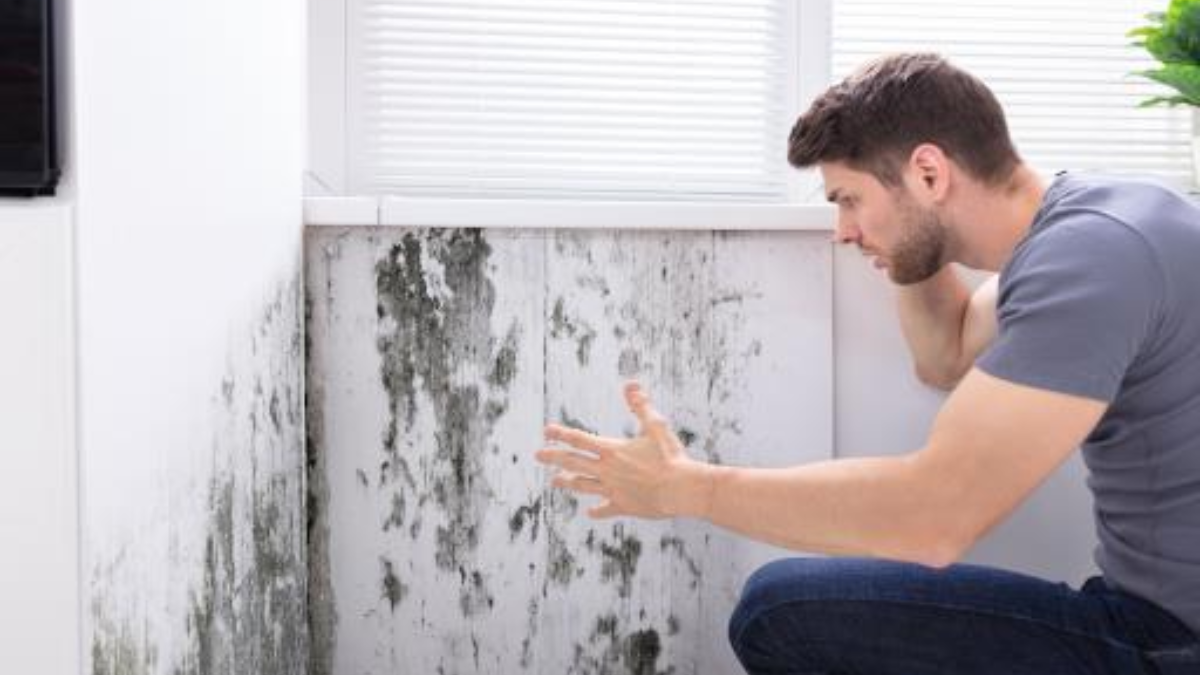Tenants’ Rights Regarding Mold in Apartments (2023)
Living in a mouldy apartment or rental home can seriously threaten your health, particularly for young children. This guide aims to assist you in identifying problems related to mould in your living space, educate you about your rights as a tenant, and provide you with information on keeping yourself and your loved ones safe.
Mould infestation in your apartment can cause many severe symptoms, such as fatigue, nausea, asthma, rashes, and even internal organ damage. The most frightening aspect is that these symptoms often overlap with various other conditions, making it challenging to pinpoint the root cause accurately. The only way to identify the problem accurately is by locating and examining the mould infestation.
If you’re dealing with mould in your apartment or rental house, taking action as soon as possible is important. Mould can cause serious health issues and damage to your property. Check out our article on what to do if your apartment has mould, which provides helpful tips and steps. Additionally, you may be wondering if mould in your apartment is dangerous. We’ve got you covered with an informative piece on the topic. It’s also important to know your rights as a tenant regarding mould in your apartment. Check out our article on mold in apartments and tenants’ rights to learn more. In summary, mould in your flat should not be taken lightly. Take action, know your rights, and stay informed.
What To Do When You Find Mold In Your Apartment
1. Identifying the Scent
When you discover mould in your apartment, the initial step is identifying the smell and locating all the affected areas. Mould has a distinct musty odour that lingers, and if you detect it in one part of your apartment, it’s essential to search for additional mould growth in other areas. A foul smell can be a warning sign of mould, so checking your entire apartment for any signs of mould growth is crucial.
2. Identifying Mold: A Crucial Skill to Master
As soon as you detect the distinct odour of mould, it’s crucial to begin your search for the areas in your home where mould is likely to thrive. Different types of mould can manifest in various colours, such as black, white, green, grey, shiny, or dusty. While some of these strains are easily noticeable by their smell and visible appearance, others may be hidden in the gaps between walls, baseboards, and corners of your attic or basement. It’s essential to identify what mould looks like; aside from physically seeing it, you may also notice bubbling paint, discoloured paint woo,d, or drywall, which could indicate the presence of mould growth.
3. Find Hidden Mold Growth in Your Apartment
Moisture is a catalyst for mould growth, and damp surfaces like wet paint, cardboard, and walls provide the perfect breeding ground. When an apartment experiences water damage, such as flooding, the likelihood of mould contamination increases significantly. Moulds of various types can thrive in such environments.
In states such as California and Florida, where humidity levels are naturally high, apartments are particularly vulnerable to mould infestations. Even without a water damage incident, mould growth can occur and threaten tenants’ health. Landlords in these states should take proactive measures to prepare for mould and have a plan to address any potential infestations to safeguard the well-being of their tenants. Act swiftly to prevent decay from spreading and causing further harm is essential.
Contacting Your Landlord – Essential Step in Addressing Issues with Your Rental Property
Tips for Dealing with Mold as a Renter
If you discover mould in your apartment, rest assured that your landlord will take the necessary steps to address and remove the mould. However, you may be curious about the timeline for such remediation efforts. Unfortunately, the answer is not straightforward, as it depends on the severity of the mold infestation and any applicable state or city safety regulations. Generally speaking, landlords have no established timeline to address mold problems in most states.
Also Read:
- Identifying 13 Indications of Mold Presence in Your Home (2023)
- A Comprehensive Guide to Asbestos Popcorn Ceilings (2023)
- Guide to Asbestos Siding (2023)
- A Guide For Removing Popcorn Ceiling (2023)







